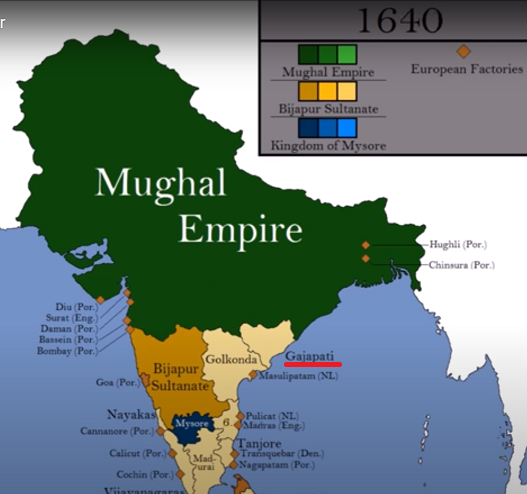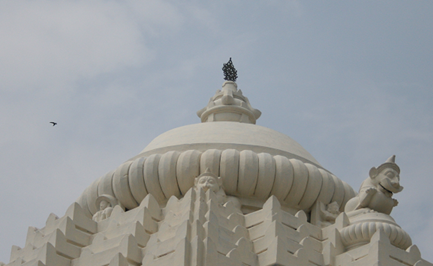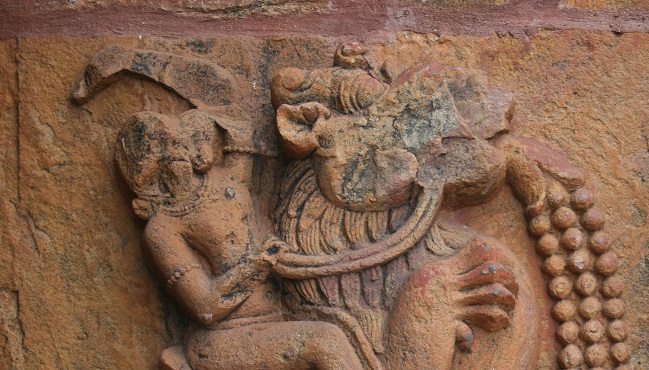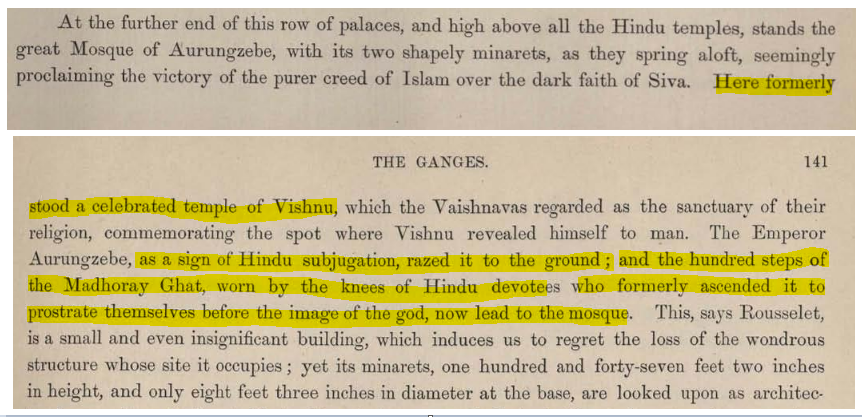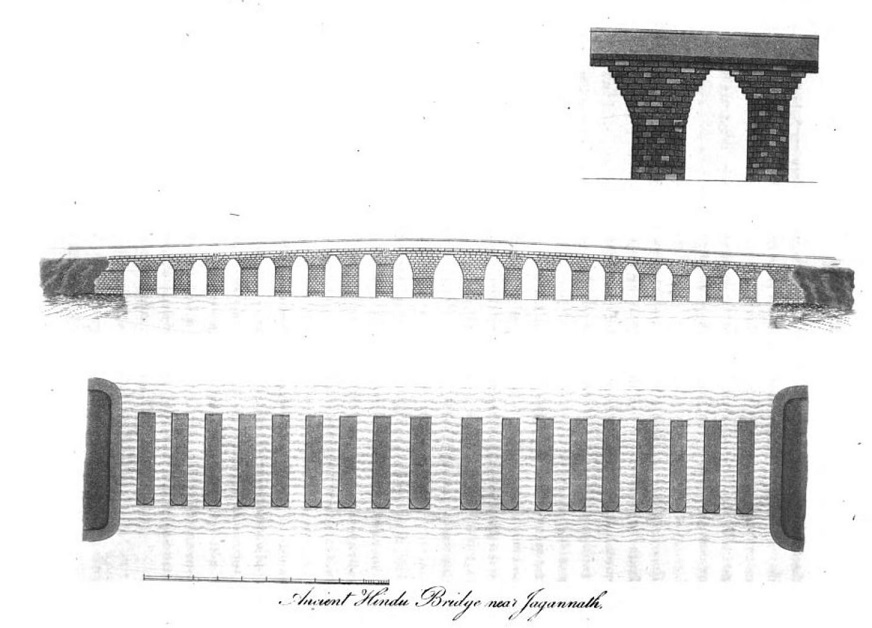The Raleigh, North Carolina area has a small community of Odia living around what is known as the RTP (Research Triangle Park) area. The odia community is very close-knit who revolve around their cultural activities at HSNC (Hindu Society of North Carolina). Among many gods and goddesses worshiped at HSNC is Lord Jagannath, the heart and soul of Odisha. In 2021, Odias from HSNC decided to upgrade their Rath (chariot) from an old rath that was donated to the temple to a new one which will be much bigger and better.
The newly built Rath (Chariot)
The work commenced in November 2021 when HSNC allotted space for the storage and development of the project. The rath (chariot) building project name was kept as “Nandighosha” The name of the juggernaut of Lord jagannath. It was inspired by the work that was done elsewhere in the USA for building a rath. The same design was adopted but at a much larger scale. The plan was to build a Rath which will stand at a height of a commendable 25 feet! There were no experts involved. Only devoted volunteers with a lot of zeal toward building something amazing.
The work started in the cold winter of November. Every weekend volunteers would come
together to continue the building process. The organization and planning was done via a WhatsApp group. Everything from purchasing tools and supplies, designing, distribution of work was done by volunteers. They had ample support from umbrella organizations such as SJSTC (Jagannath Seva Trust of NC) and HSNC. These organizations collected donations from several organizations and individuals.
The volunteers would come together every weekend at a predefined time. Work would be distributed promptly, and volunteers would get going. That is what happens every weekend. There were also volunteers who would cook at home and provide the food for the people working on the Rath project. The food provided was always of restaurant quality, nothing less. Much better than what you would cook at home on an average weekend. There was no shortage of snacks, tea, coffee, water as well. The volunteers who prepared the food worked equally hard to deliver great quality food every weekend without fail.
Working there was as enjoyable as going on a picnic. Everyone greeted each other with much love and compassion. They were all friendly towards each other and patient towards a new volunteer who joined the team. Much of the work was carpentry related, that was kind of obvious as a Rath (Chariot) was built from scratch. But after the carpentry work, the majority was for the traditional painting and stitching of canopy. The whole rath was painted with decorative traditional art. There were a lot of images of the traditional Odia painting known as “Patta Chitra ”. Different forms of dancers and various art designs were done mostly by lady volunteers using the traditional Patta Chitra art form. Even the backrest of Lord
Jagannath was done by a volunteer specializing in Glass Tile Art.
Artwork on the Rath
The work went on for almost 8 months starting from November of 2021 and running through June 2022. The volunteers worked tirelessly on weekends and on some weekdays as well to get the Rath prepared before the Rath Yatra in July 2022. The Rath Yatra is when Lord Jagannath along with brother Balabhadra and sister Subhadra travel to their aunt Gundicha’s house in the chariot. There were some specialized idols like the horses for the chariot that were procured from India. But most of the chariot was built locally here in the HSNC temple campus. The fantastic sound of “Jai Jagannath” is something which was heard every now and then when volunteers wanted to cheer their buddies while working.
Afterall it was the grace of lord Jagannath that propelled all volunteers to work without any materialistic gains. A great job done after all!

